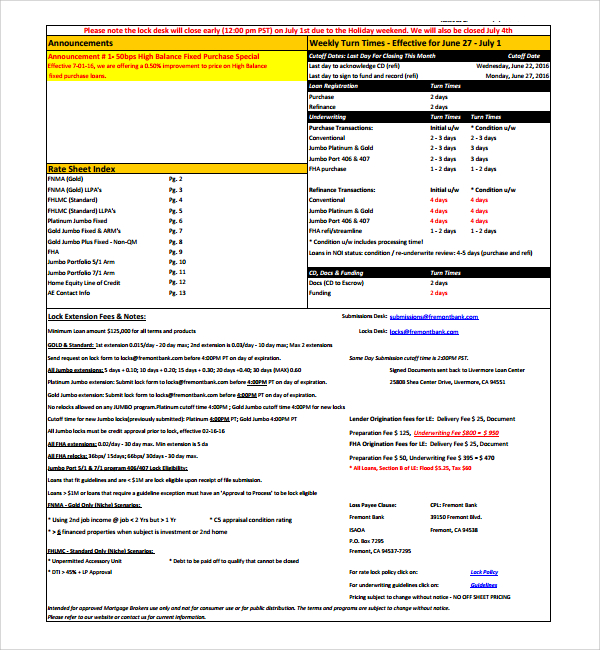

The CRA may have published additional guidance and detailed filing instructions on matters discussed in this Chapter and other topics that may be of interest. The reader should, therefore, consider the chapter's information in light of the relevant provisions of the law in force for the particular tax year being considered. While each paragraph in a chapter of a folio may relate to provisions of the law in force at the time it was written (see the Application section) the information provided is not a substitute for the law. Due to their technical nature, folios are used primarily by tax specialists and other individuals who have an interest in tax matters. The Canada Revenue Agency (CRA) issues income tax folios to provide a summary of technical interpretations and positions regarding certain provisions contained in income tax law. These rules are discussed in Income Tax Folio S3-F10-C2, Prohibited Investments – RRSPs, RESPs, RRIFs, RDSPs, and TFSAs and Income Tax Folio S3-F10-C3, Advantages – RRSPs, RESPs, RRIFs, RDSPs, and TFSAs. This Chapter does not discuss the anti-avoidance rules for prohibited investments or advantages. It also discusses the tax consequences of a registered plan carrying on a business or borrowing money. This Chapter discusses the most common types of property that constitute a qualified investment, as well as the tax consequences of acquiring, holding and disposing of a non-qualified investment. Registered retirement savings plans (RRSPs), registered education savings plans (RESPs), registered retirement income funds (RRIFs), registered disability savings plans (RDSPs), and tax-free savings accounts (TFSAs) are required to limit their investments to qualified investments.


 0 kommentar(er)
0 kommentar(er)
